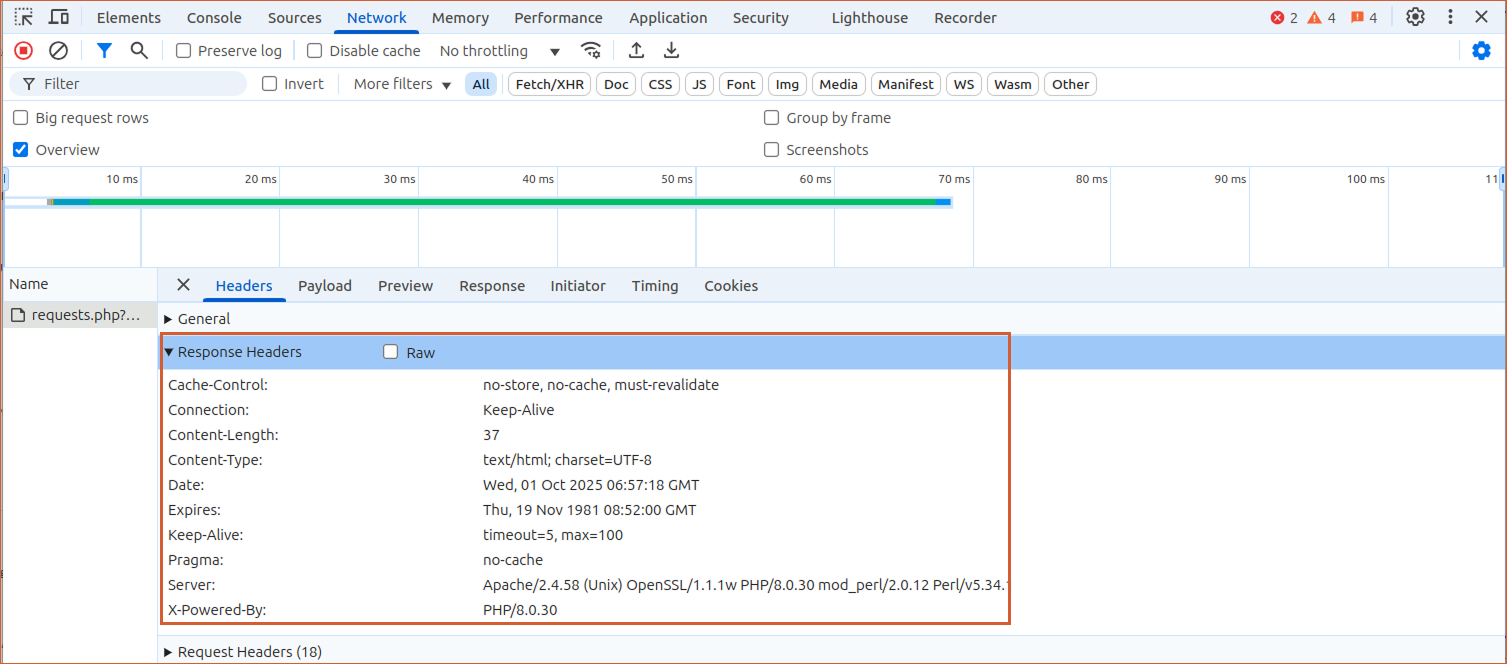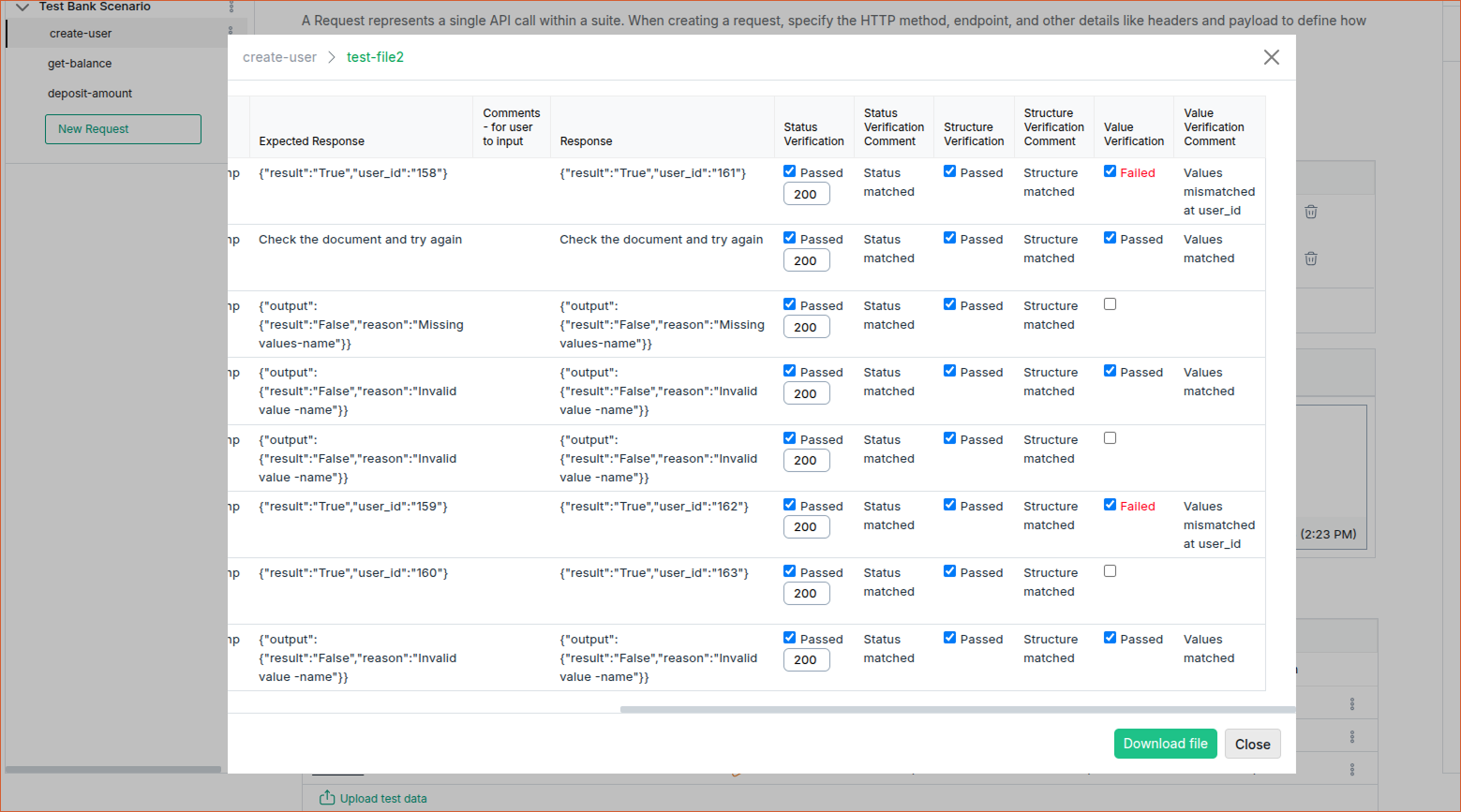Common Assertions in API Testing: A Practical Guide for QA
Assertions are an important part of API testing. They determine whether the response returned from an API is as expected or not. When the tests are run without meaningful assertions, they provide very little insight. This blog covers the common assertion types and their importance in building reliable test suites. It also explains how BusStop helps to simplify assertion management for both testers and managers.
Why Assertions Matter: A Story from the Real World
A QA team at an e-commerce company ran daily checks on their product listing API. Every test was showing green for weeks. Yet, the customers started reporting incorrect prices on the website.
The tests were technically “passing” with the right JSON structure. Yet, no one checked whether the values inside the payload were accurate. The pricing data was stale. This story explains why assertions are so important.
What Are Assertions in API Testing?
Assertions are like safety nets that verify the specific elements of a response, such as:
1. Status Code Assertions
It confirms whether the APIs return the right code for each scenario. Covering both success and error paths is essential to make sure that misrouted requests do not slip through.
2. Response Time Assertions
An API that responds correctly but is slow still affects users negatively. Setting thresholds, tracking averages, and testing under load helps ensure performance stays within acceptable limits.

3. Header Assertions
Headers sometimes may seem small, but missing or malformed headers like Content-Type, Authorization, or CORS can break integrations and cause confusing errors. Assertions keep these in check.

4. Payload Assertions
Assertions in the payload validate if the required fields exist, data types match expectations, and values make logical sense.
5. Schema Assertions
Schema checks compare responses against a defined contract, such as JSON Schema or OpenAPI specs. They quickly flag breaking changes like missing fields or altered data types, which is especially important in CI/CD pipelines or when multiple teams rely on the same API.

6. Error Handling Assertions
Robust APIs fail gracefully. Assertions validate if the invalid input returns 400, unauthorized access throws 401, and rate-limited requests provide retry headers. Good error handling makes APIs easier to debug and more trustworthy.
By validating the above assertions, testers can detect bugs, validate business rules, and identify performance issues before they reach users.
Building Stronger Test Suites
The most effective API tests combine multiple assertion types. For instance, when testing a user profile endpoint, a well-layered test could:
- Check the status code is 200
- Validate response time is under 800ms
- Confirm Content-Type is application/json
- Ensure user.id exists and user.email follows a proper format
- Match the payload against a schema
This multi-layered approach verifies that nothing slips through the cracks. At times, even with assertions in place, mistakes happen. Avoid common errors such as:
- Relying only on status codes
- Using loose matchers (like “contains” instead of “equals”)
- Skipping edge cases and null checks
- Ignoring error responses
- Hardcoding values that change frequently
Assertions should evolve as the API evolves. Regular reviews keep them relevant and effective.
Making Assertions Easier with BusStop
Designing deep, layered assertions can feel overwhelming, especially for testers who are not comfortable with writing code. That’s where BusStop comes in.
BusStop provides a no-code way to create, manage, and scale assertions. Testers can list the test scenarios in a simple CSV file. This tool automatically checks status codes, compares expected vs. actual outputs, and also provides separate structure validation and value validation.

This means that testers can focus on what matters without struggling with coding. For managers, it means standardized quality and fewer blind spots in production.
Final Thoughts
Assertions are not just technical details; they protect the reliability of the software. When done well, they catch subtle bugs, validate business logic, and give teams confidence that APIs work as intended.
Hence, do not stop at “200 OK.” Build layered assertions that check performance, structure, values, and error handling. And when creating a robust test suite feels complex, the BusStop tool comes to the rescue. It is the simplest way to make assertions powerful, scalable, and accessible for every QA team.

